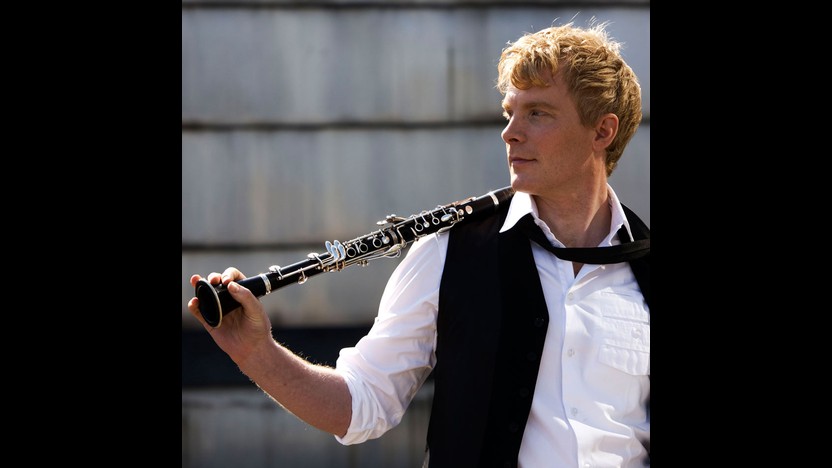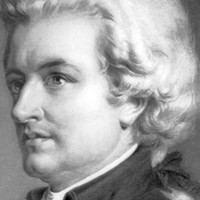Martin Fröst Plays Mozart’s Clarinet Concerto



(Duration: 25 min)
When Wolfgang Amadeus Mozart began writing symphonies, he was an eight-year-old keyboard prodigy in London, where he had played for King George III and befriended Johann Christian Bach — the youngest son of Johann Sebastian Bach, and a trendsetter in the emerging genre of the symphony. As a teenager back in his hometown of Salzburg, Mozart looked to the example of Franz Joseph Haydn, whose brother happened to work alongside Mozart and his father, and some of the symphonies Mozart wrote as a seventeen- and eighteen-year-old ranked among his first truly brilliant compositions. By that time he had already completed three-fourths of his lifetime symphonic output.
Mozart had fewer occasions to write symphonies during his heyday as a busy freelancer in Vienna. He might never have written his three final symphonies were it not for the money troubles that plagued his final years, a period when demand for his performances had dried up. Some opportunity must have sparked this symphonic trilogy, but most likely nothing came of it. Mozart may not even have heard all three before he died.
Symphony No. 39 (the first of the final trilogy) is Mozart’s only mature symphony without oboes, instead featuring clarinets. It is also one of his few symphonies to begin with a slow introduction, a structure favored by Haydn. The mellow key of E-flat and a rolling three-beat tempo reinforce the gentle character of the fast body of the opening movement.
The Andante con moto second movement preserves the docile atmosphere. Strings introduce the innocent theme alone at first, but individual woodwinds later emerge for some of the movement’s most personal passages, their echoing lines interweaving with chamber-music delicacy.
Interrupting the noble and sturdy Menuetto, whimsical clarinet counterpoint in the contrasting trio section parodies the ländler, an Austrian folk dance. In the finale, the main theme separates into malleable scale fragments and leaps, foreshadowing Ludwig van Beethoven’s symphonies with their relentless manipulations of small motives.
Aaron Grad ©2024

(Duration: 30 min)
The music that Wolfgang Amadeus Mozart wrote for his friend Anton Stadler, a clarinetist and fellow freemason, was instrumental in establishing the clarinet as an equal to its older cousins in the woodwind family. Mozart’s first composition for Stadler was the “Kegelstatt” Trio from 1786, scored for clarinet, viola and piano. (Mozart played the viola part himself.) Next came a quintet for clarinet, two violins, viola and cello, completed in 1789. This work required a basset clarinet in the key of A, an instrument with a low-range extension designed by Stadler. Mozart went on to write Stadler a concerto featuring the same instrument, completed two months before the composer’s untimely death.
The Clarinet Concerto in A Major demonstrates Mozart’s keen understanding of the solo instrument’s range and agility. The tonal quality of the clarinet changes through its range, from the deep resonance of the bass notes, through the warm and hollow midrange of the chalumeau register, and up into the brilliant clarity of the highest octaves. At certain points in the fast opening movement, the soloist seems to play several opera characters engaged in dialogue, leaping from range to range; other times, a single scale or arpeggio journeys across all four octaves of the instrument’s compass.
In 1785, a critic wrote of Anton Stadler, “One would never have thought that a clarinet could imitate the human voice to such perfection.” Judging by the slow movement penned expressly for Stadler, Mozart surely agreed!
The finale has a bit of Haydn’s sense of humor in it, as in the playful held notes of the main theme that draw out unresolved tension. The episodic structure of the Rondo allows for fanciful and dramatic excursions, making each return to the familiar music all the more delightful.
Aaron Grad ©2023
Get driving directions and find nearby parking.
Find dining options close to the venue.
View seating charts to find out where you'll be seating.
Get driving directions and find nearby parking.
Find dining options close to the venue.
View seating charts to find out where you'll be seating.
